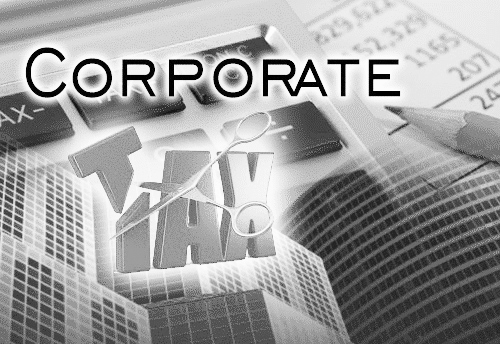SN Misra
After a series of knee-jerk measures to reform the fiscal sector, such as bank mergers and liberal FDI, the finance minister has taken the big leap forward; she announced reduction in corporate tax from 34.94 per cent (including surcharge and cess) to effective tax rate of 25.17 per cent. The Sensex responded to the announcement enthusiastically; but there is fear that the reform will not spur consumption, as income tax has not been reduced.
The cut in corporate tax may spur consumption as savings from corporate tax cut will lead to higher dividends, which can spur consumption demand. However, the Finance Minister should also have effected a cut in personal income tax, which constitutes nearly 40 per cent of the total tax collection of nearly Rs 11 lakh crore.
It may be mentioned that US President Donald Trump in his Tax Cut and Jobs Act (2017) lowered tax rates and increased standard deduction for both personal tax and corporate tax, which spurred growth of US economy from about 2.5 per cent to 3.5 per cent. The boost in consumption helped reduce unemployment in the US. It is true that the fiscal deficit in US has increased from 3.2 per cent to 3.5 per cent but it has contributed significantly to growth.
India has always been perceived as a high-tax economy and is not a favoured foreign investment destination
India has always been perceived as a high-tax economy and is not a favoured foreign investment destination. The OECD report for 2018 had castigated Indian economy on this account as the average tax rate hovers about 42 per cent as against 24-25 per cent in most OECD countries. The Committee for reforming Direct Tax Code of India has recommended that India should align itself with global trends in taxation.
One redeeming feature of India’s public policy in recent years has been a confluence of monetary and fiscal policies. Repo rates have been reduced from 6.5 per cent to 5.4 per cent in a year’s time. The RBI also parted with Rs 1.76 lakh crore as budgetary support, since its equity to asset ratio is much higher (22 per cent) than the average equity holding of 12 per cent by apex banks in other countries. It is expected that the repo rates would be further curtailed. But short-term borrowing rates won’t matter to corporates unlike long-term cost of capital.
In this context, it may be mentioned that most developed countries have a bond rate of about 2 per cent, whereas in India it is about 7 per cent. A fallout of corporate tax rate cuts is an increase in bond rates from 6.63 per cent to 6.78 per cent. The finance minister rightly observed in her budget speech that India needs to deepen its bond market. Once the investment climate is propitious both for private and foreign investors, bond rates will also soften, and India would be a preferred destination for foreign investment.
Historically, it is observed that whenever India’s growth trajectory has improved, tax buoyancy, that is, improvement in tax collection to GDP growth has improved in greater measure. The present tax cut has the potential to improve investment and GDP growth by at least 1 per cent and it is possible that tax buoyancy will improve to at least 2.2. This will substantially reduce tax losses due to rate cut. The government also has other measures such as disinvestment of PSUs to garner more resources to bridge the fiscal deficit gap. It can disinvest further in Public Sector Banks.
The finance minister has lost an opportunity in not reducing GST on automobiles from 28 per cent to 18 per cent. She must fix the automobile sector as it has both forward and backward linkages with enormous potential to generate employment. While the present initiative must be complimented, the minister has to take a holistic approach to GST and direct taxes, if the animal spirits of the private sector are to be spurred and sustained. The dream of $5-trillion economy by 2024-25 would then be a reality.
The writer teaches economics at KIIT School of Management.
